Much has been said about the Hubspot Buyer’s Journey Simply stated, the buyer’s journey is the process that a buyer goes through in making a decision to buy. Hubspot’s definition: The buyer’s journey describes a buyer’s path to purchase. In other words, buyers don’t wake up and decide to buy on a whim. They go through a process to become aware of, consider and evaluate, and decide to purchase a new product or service.
There are 3 stages in the Hubspot Buyer’s Journey:
- Awareness Stage: buyers become aware they have a problem.
- Consideration Stage: The buyer defines the problem and considers options to fix it.
- Decision Stage: buyer evaluates and decides on the right provider to administer the solution.
Here is an example of a buyer’s experience that I had:
- Awareness: I value my sleep, but some nights I sleep better than others. What can I do to fix that?
- Consideration: What are some different things I can do to improve my sleep? Eat earlier? Ensure I exercise daily? Have a glass of wine in the evenings? Have 2 glasses of wine? Maybe I shouldn’t have wine at all? Wow, what can I do to know what works and what doesn’t? I think the first step is to find something that can give me some data to help me! I don’t particularly like wearing a watch, but there are watches that can monitor my sleep with data.
- Decision: Given my phone has everything I need on it, and I don’t like wearing accessories, my decision is based on finding the simplest watch that has the app that best tracks my sleep. I landed on a simple version of the Apple Watch.
What a great framework for a B to C marketing professional to align with in order to sell more to their target persona!
Leveraging the buyer’s journey for a B to B services decision is a bit more complicated. Decisions in this environment are more complex, involve more decision-makers, and are typically long-term engagements.
Then how can a B to B services organization leverage the buyer’s journey decision-making psychology? Ideal Client Experience is the perfect framework.
The rest of this blog will take a look at how an Ideal Client Experience is an effective framework to manage decisions that:
- Involve multiple Stakeholders
- Are more complex
- Are typically long-term decisions with the opportunity to expand the services.
Before we do that, let’s remember one fundamental difference in B2B organizations and that is that there is a significantly higher investment in sales than there is in a B2C organization. In B2B, marketing is fundamental to the Awareness stage, but then the sales reps do the heavy lifting from there. On the other hand, despite arguably retail, sales reps do not even exist in many B2C organizations.
Multiple Stakeholders
The fact that there are multiple stakeholders means that there are multiple people going through their own buyer’s journey. A properly crafted Ideal Client Experience includes strategies to engage and leverage the buyer’s journey for all stakeholders involved in a decision given the nature of the service.
For example, a decision for a CRM typically involves sales and marketing or at least it should be given there ought to be alignment and visibility between sales and marketing. That said, it would never be implemented without a “yes” from IT and finance.
Given this decision is typically initiated by sales or marketing, the primary message is typically crafted around their goals and challenges. However the Ideal Client Experience needs to include strategies to engage with all of the key stakeholders and help them navigate their buyer’s journey.
More Complex Decisions
In addition to including multiple stakeholders, B to B services decisions are much more complex, especially when the business has a strong value proposition. The challenges that are addressed are typically much more comprehensive and complicated.
Structuring the part of the Ideal Client Experience that aligns with the Consideration and Decision stages of the buyer’s journey ensures that:
- The impact of all challenges are explored in the needs assessment phase.
- The business outcomes are properly communicated in the proposal phase.
The Outcomes Inventory is a great framework for this. 3 high-level outcomes that a CRM would deliver should be:
- Revenue Growth
- Client Satisfaction
- Sales, marketing, and IT efficiency
The Assessment part of the Ideal Client Experience should be highly structured with an objective process to show how these 3 outcomes are being affected by the current situation. Then, the proposal should clearly state how the future vision/proposal will impact these outcomes.
Having a repeatable, objective process inside of the Ideal Client Experience helps make a complex decision simple by connecting the complexity to the business outcomes.
Expanding Services
B2C decisions typically have more limited opportunities to create future revenue streams. I also suppose items with consumables (water filters) are somewhat of an exception. I assume my Apple Watch decision might lead to additional Apple products, but the opportunity for future revenue in services organizations can be HUGE. This part of the Ideal Client Experience goes beyond the traditional buyer’s journey as we know it.
For a B2B services organization, the signing of the initial contract is just the beginning from 2 perspectives:
- Onboarding – The need to create a very positive initial experience to manage change in the client organization and offset buyer’s remorse.
- Client Success – The opportunity to increase value for the client by expanding/cross-selling services.
So, the Ideal Client Experience needs to be structured to ensure a smooth transition and position the business to expand services.
Onboarding
As Joey Coleman says, “Buyers decide in the first 100 days whether they will continue to do business with you or not.” Treating the onboarding process distinctly different from the process to deliver ongoing services is critical to the success of a services engagement. A change management strategy is critical in turning client satisfaction in this stage into long-term client loyalty.
Client Success
With many organizations, when the contract is signed, the client is turned over to operations while the sales reps turn their focus to finding more clients. No matter how good an organization is from an operational perspective, the possibility for expansion of services is limited.
Both sales and operations are critical in this stage to expand services to drive revenue growth. Integrated into this stage must be a framework for:
- Staying connected with the client’s business, their goals, and their challenges.
- Reinforcing the value being delivered in the current engagement.
- Creating additional value for the client via expanding services.
In the end, Ideal Client Experience is a fantastic framework to leverage the buyer’s journey for differentiating, driving additional client value, and increasing revenue.





